Trump's campaign reportedly wanted to use facial-recognition tech on supporters at MAGA rallies

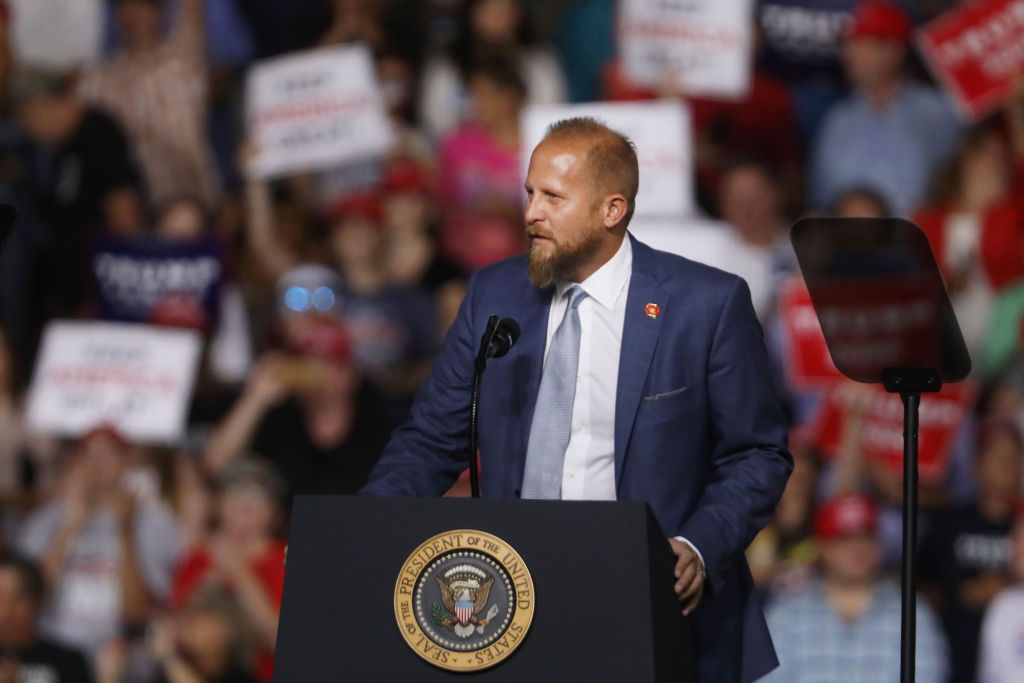
President Trump's increasingly frequent campaign-style rallies are actually the central pillar of his re-election campaign. The rallies are "more meticulously produced than the loose and thinly staffed events of four years ago," The Wall Street Journal reports, and "the campaign has turned them into giant, roving field offices that vacuum up personal data from rallygoers, register new voters, and sign up his most enthusiastic supporters as volunteers." And some of that personal data vacuuming is apparently pretty in-your-face.
Trump campaign manager Brad Parscael "discussed with political operatives the possibility of using facial recognition at rallies to help analyze reactions from supporters, but was told by at least one company that the technology wasn't reliable yet," the Journal reports, citing people familiar with the conversations. For what it's worth, a campaign spokesman told the Journal that Parscale never pursued that technology.
"Breathe that in for a second," Politico's Playbook team wrote Tuesday evening. "The Trump campaign was considering using facial recognition technology to identify its rallygoers. Republicans have been skeptical of the government using it because many consider it obtrusive and untested. A private entity — the Trump campaign — was considering it. This is a huge scoop that gives us a unique view into the president's campaign." Read more about Trump's rally machine, and why he thinks he thinks he can bring his Cabinet along, at The Wall Street Journal.
The Week
Escape your echo chamber. Get the facts behind the news, plus analysis from multiple perspectives.

Sign up for The Week's Free Newsletters
From our morning news briefing to a weekly Good News Newsletter, get the best of The Week delivered directly to your inbox.
From our morning news briefing to a weekly Good News Newsletter, get the best of The Week delivered directly to your inbox.
A free daily email with the biggest news stories of the day – and the best features from TheWeek.com
Peter has worked as a news and culture writer and editor at The Week since the site's launch in 2008. He covers politics, world affairs, religion and cultural currents. His journalism career began as a copy editor at a financial newswire and has included editorial positions at The New York Times Magazine, Facts on File, and Oregon State University.
-
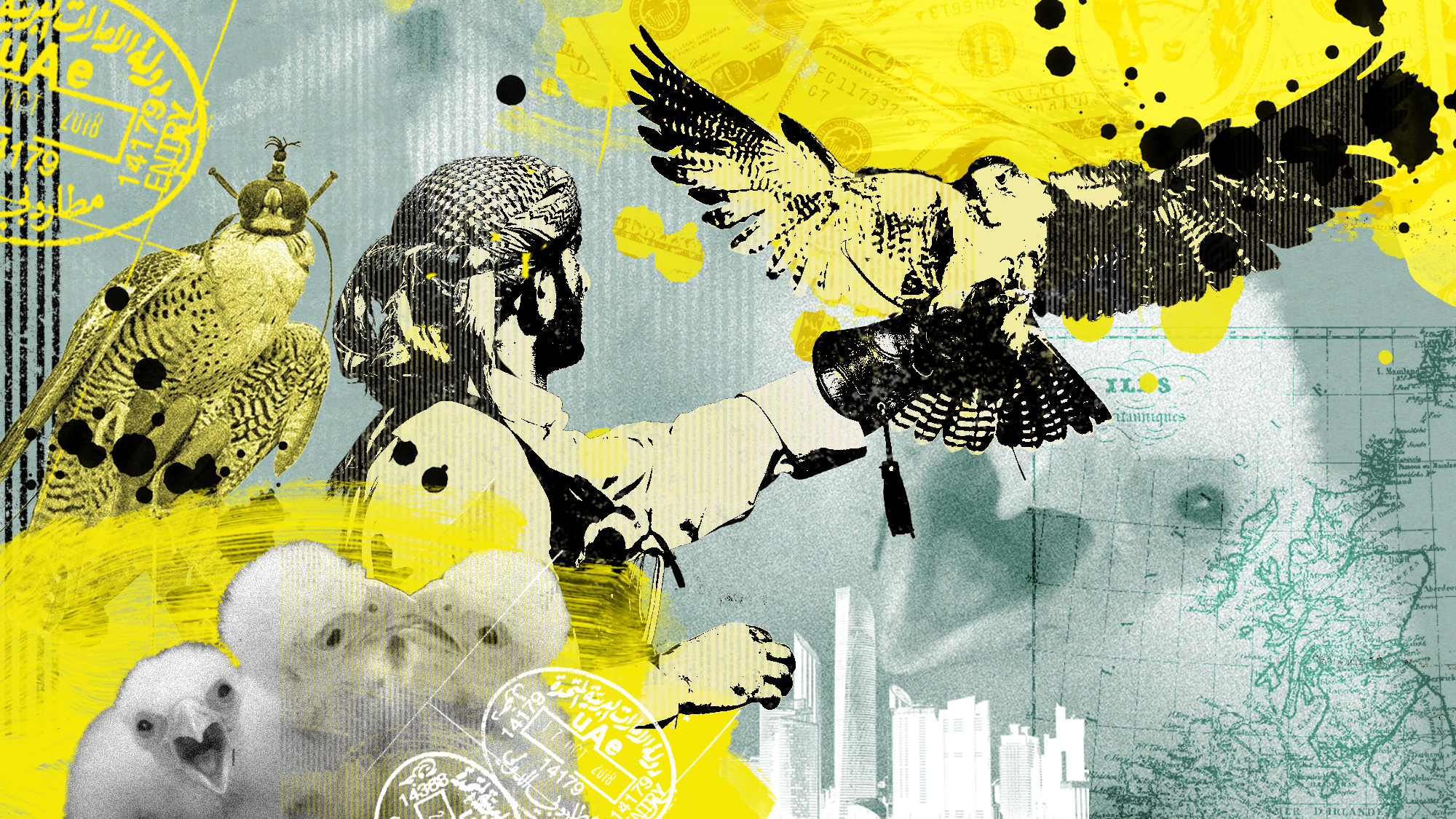 The elite falcon trade in the Middle East
The elite falcon trade in the Middle EastUnder the Radar Popularity of the birds of prey has been ‘soaring’ despite doubts over the legality of sourcing and concerns for animal welfare
-
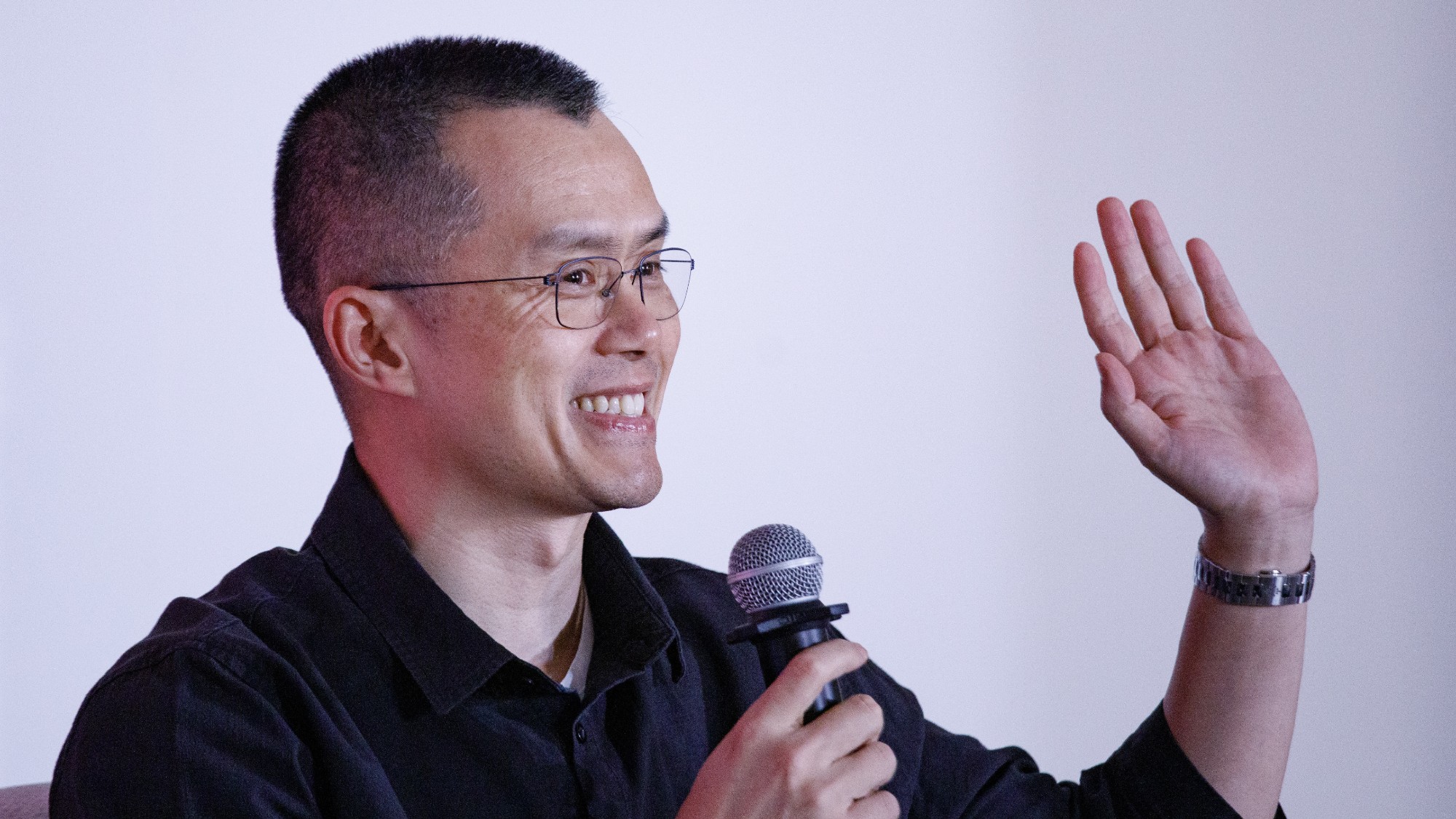 A running list of the international figures Donald Trump has pardoned
A running list of the international figures Donald Trump has pardonedin depth The president has grown bolder in flexing executive clemency powers beyond national borders
-
 Mixed nuts: RFK Jr.’s new nutrition guidelines receive uneven reviews
Mixed nuts: RFK Jr.’s new nutrition guidelines receive uneven reviewsTalking Points The guidelines emphasize red meat and full-fat dairy
-
 Australia’s teen social media ban takes effect
Australia’s teen social media ban takes effectSpeed Read Kids under age 16 are now barred from platforms including YouTube, TikTok, Instagram, Facebook, Snapchat and Reddit
-
 Google avoids the worst in antitrust ruling
Google avoids the worst in antitrust rulingSpeed Read A federal judge rejected the government's request to break up Google
-
 Supreme Court allows social media age check law
Supreme Court allows social media age check lawSpeed Read The court refused to intervene in a decision that affirmed a Mississippi law requiring social media users to verify their ages
-
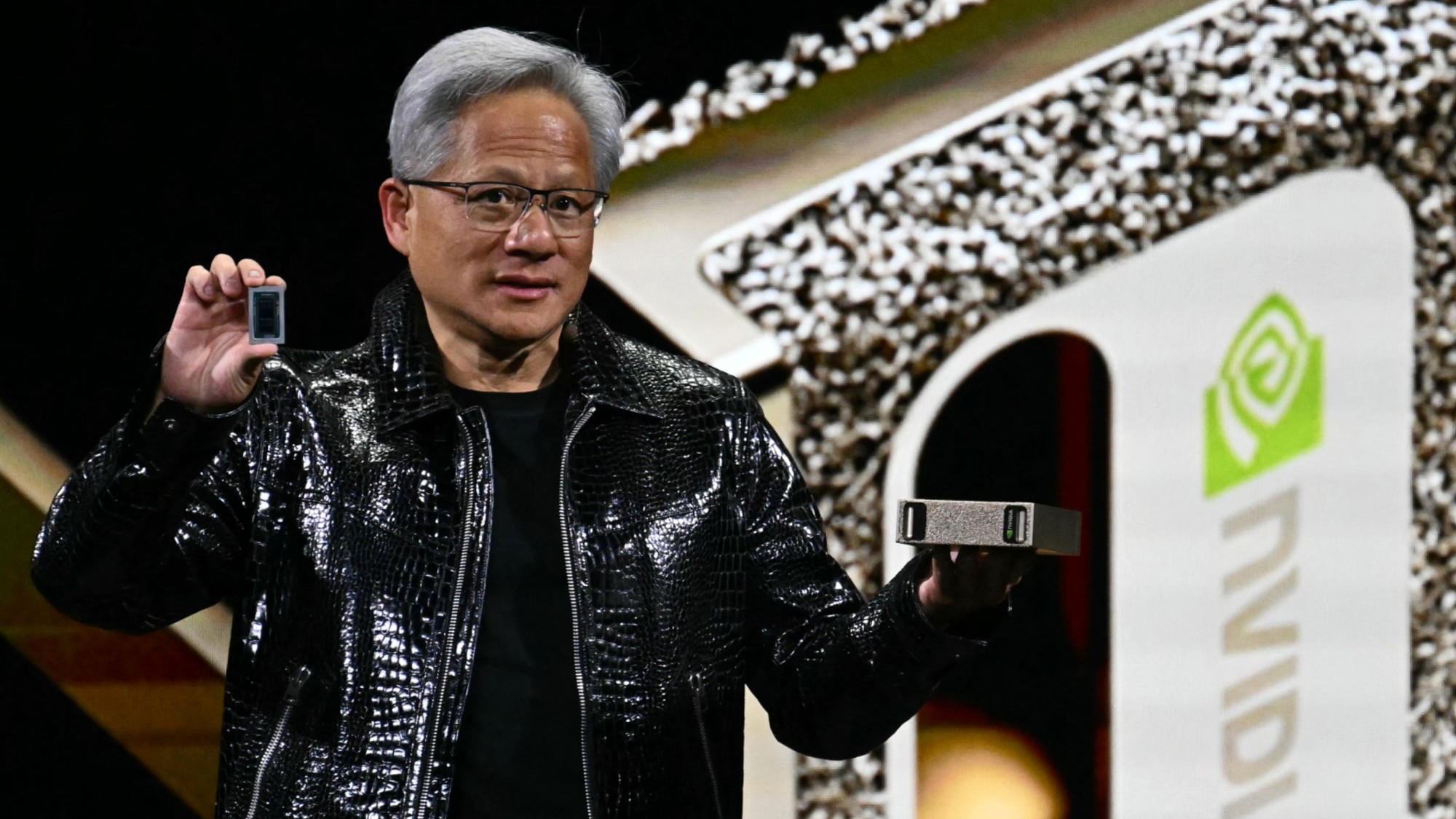 Nvidia hits $4 trillion milestone
Nvidia hits $4 trillion milestoneSpeed Read The success of the chipmaker has been buoyed by demand for artificial intelligence
-
 X CEO Yaccarino quits after two years
X CEO Yaccarino quits after two yearsSpeed Read Elon Musk hired Linda Yaccarino to run X in 2023
-
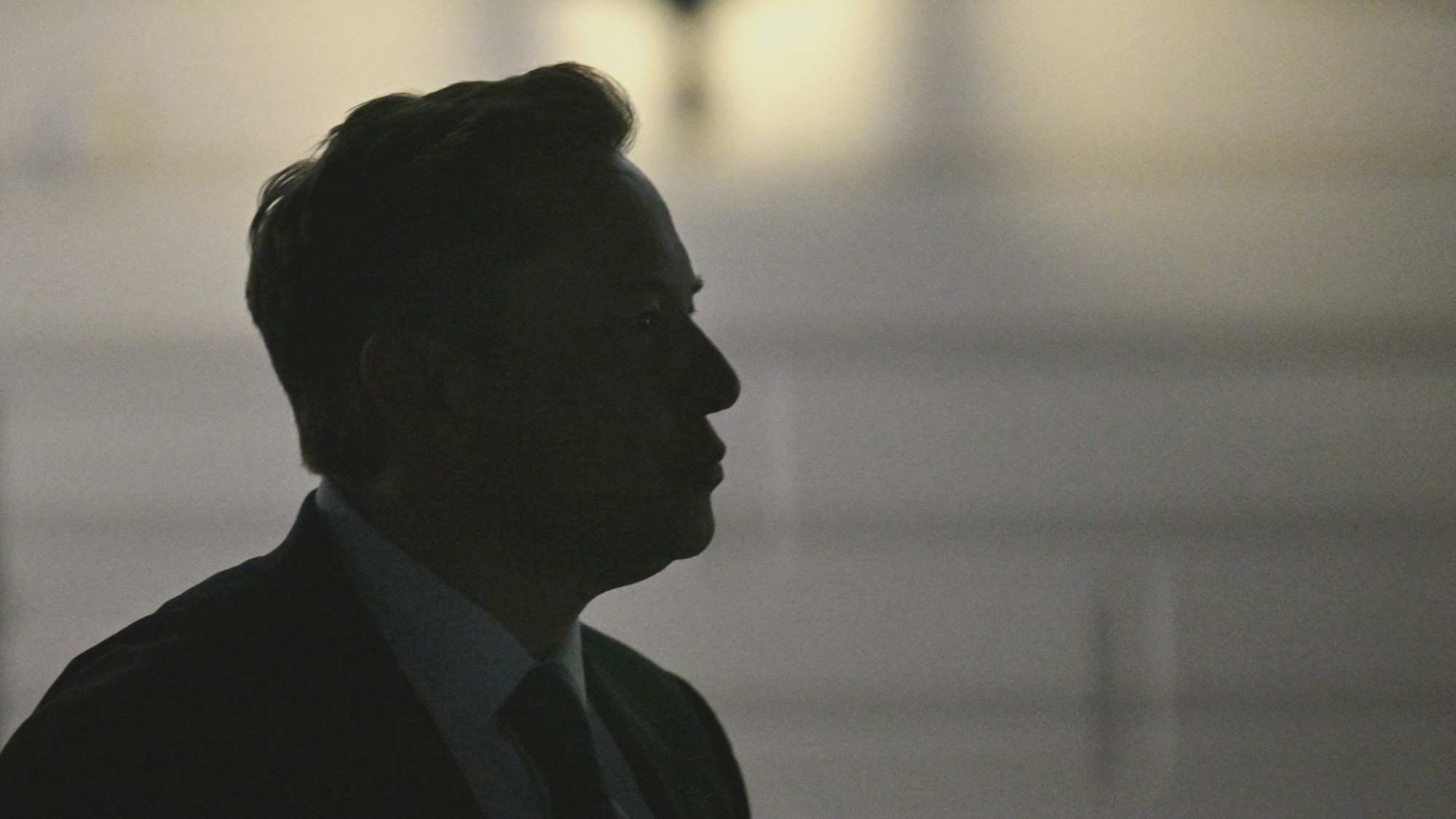 Musk chatbot Grok praises Hitler on X
Musk chatbot Grok praises Hitler on XSpeed Read Grok made antisemitic comments and referred to itself as 'MechaHitler'
-
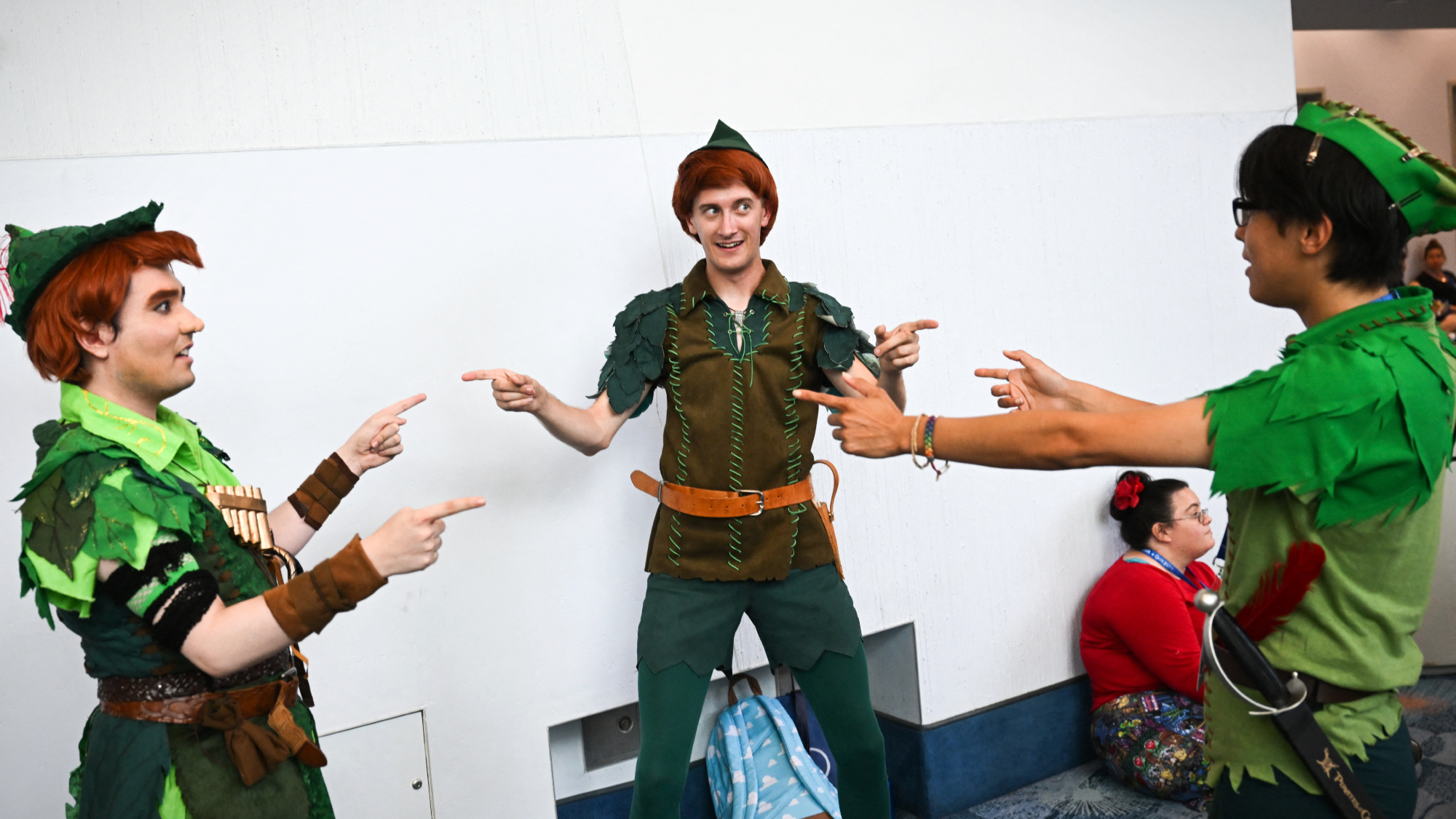 Disney, Universal sue AI firm over 'plagiarism'
Disney, Universal sue AI firm over 'plagiarism'Speed Read The studios say that Midjourney copied characters from their most famous franchises
-
 Amazon launches 1st Kuiper internet satellites
Amazon launches 1st Kuiper internet satellitesSpeed Read The battle of billionaires continues in space
